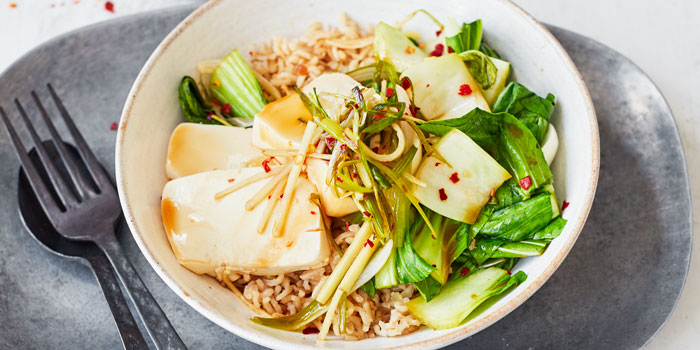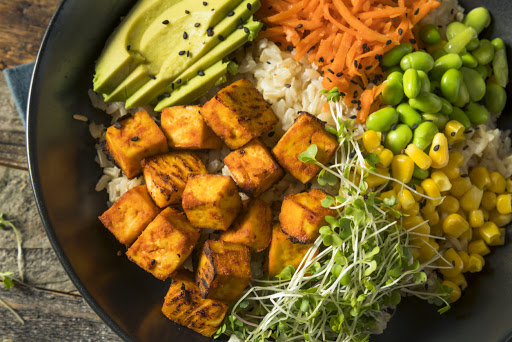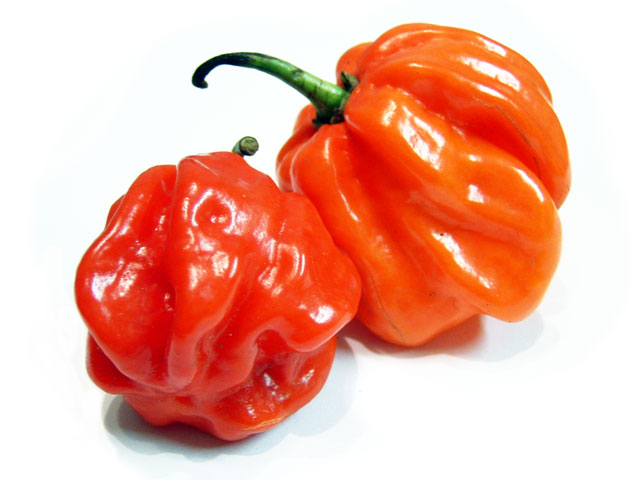
Japanese Macrobiotic Diet

Trying to lose weight but nothing is working? The Japanese macrobiotic diet is a low-fat, high-fiber, high-complex carbohydrate, mainly vegetarian diet. This diet creates balance and vitality by using two Asian principles- yin and yang, which includes exercise, mental health, and food.
So you must be thinking, “what can I eat on this diet”? On this diet, you may consume whole grains, vegetables, and beans. Fresh seafood, fruit, and nuts may be consumed no more than 3 times a week. You can also add herbs for a better flavor and rice syrup if absolutely necessary. The foods you would need to avoid while on this diet are anything spicy, dairy, eggs, meat, sugar, and processed foods. Try not to consume alcohol, soda, fruit juice and coffee. Soups are also very important to eat in this diet because the nutrients are retained in the cooking process and are easily digested. Besides following the diet, there are different rituals you can take part in while eating in the macrobiotic lifestyle to promote mindful eating and balance. For example, you should chew your food fully before swallowing to aid in digestion. Now here’s where the Asian principles come in. Yin represents the passive natural forces and includes vegetables, while yang represents active forces and includes grains. You should always have yin and yang together. Some people have also taken this diet a step further by limiting dairy and meats or even going vegan.

The macrobiotic diet has many health benefits. For example, it helps decrease the risk of chronic diseases. Following this diet, it is possible to lose weight if you replace processed foods and high-fat meats with vegetables.
So what are the downsides of this diet? Some people may not obtain enough vitamins. Also, others are discouraged since the food must be made from scratch. Given this information, it’s up to you to make this decision whether or not the Japanese macrobiotic diet is right for you!
You May Also Like

Dr. Crispim Moreira plants lychee tree on World Food Day
October 21, 2019
Foodies in the Caribbean: St. Kitts and Nevis Edition
October 18, 2019
